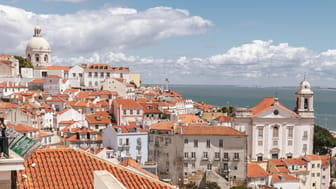National Coach Museum
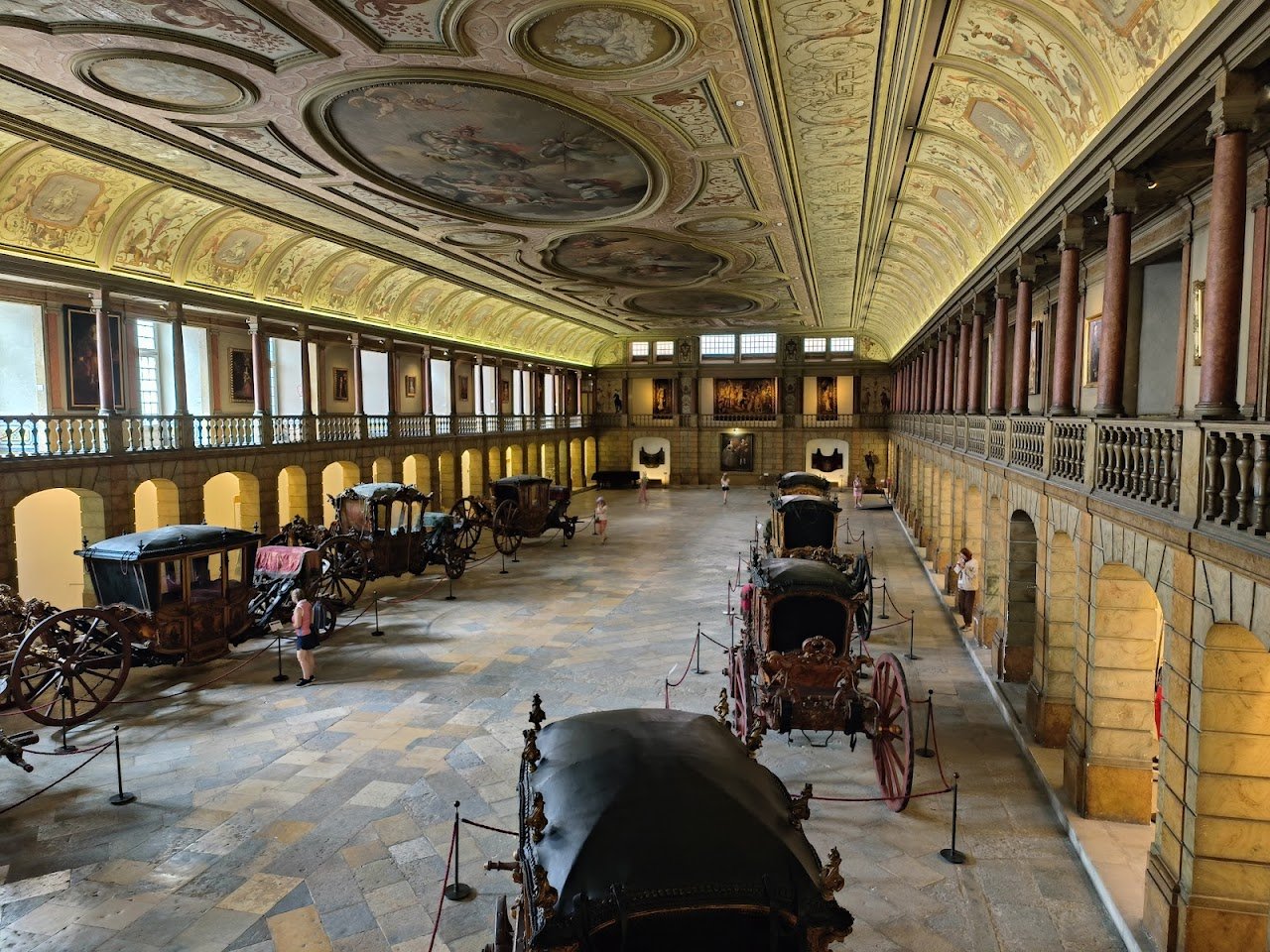
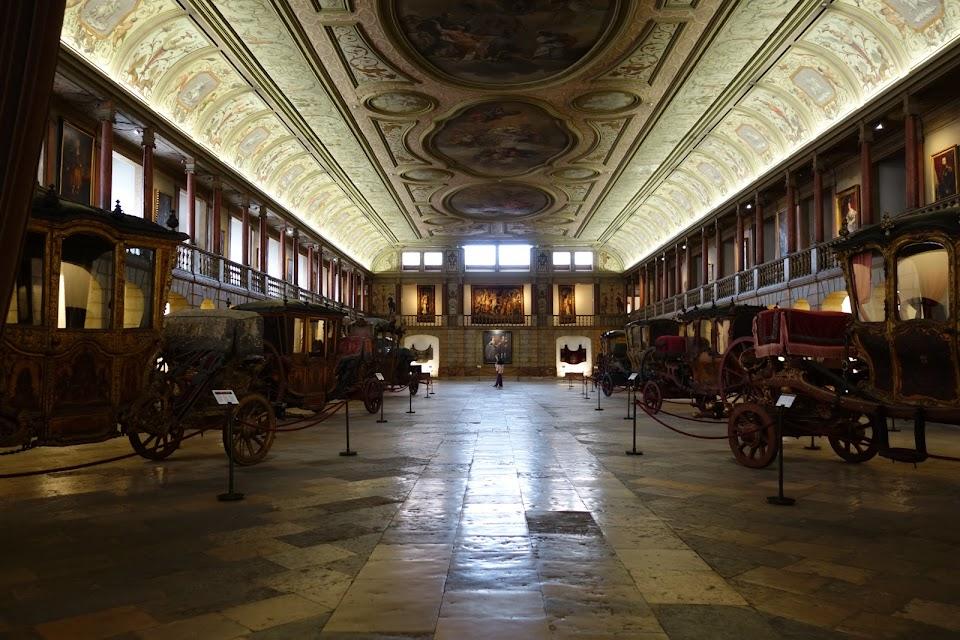
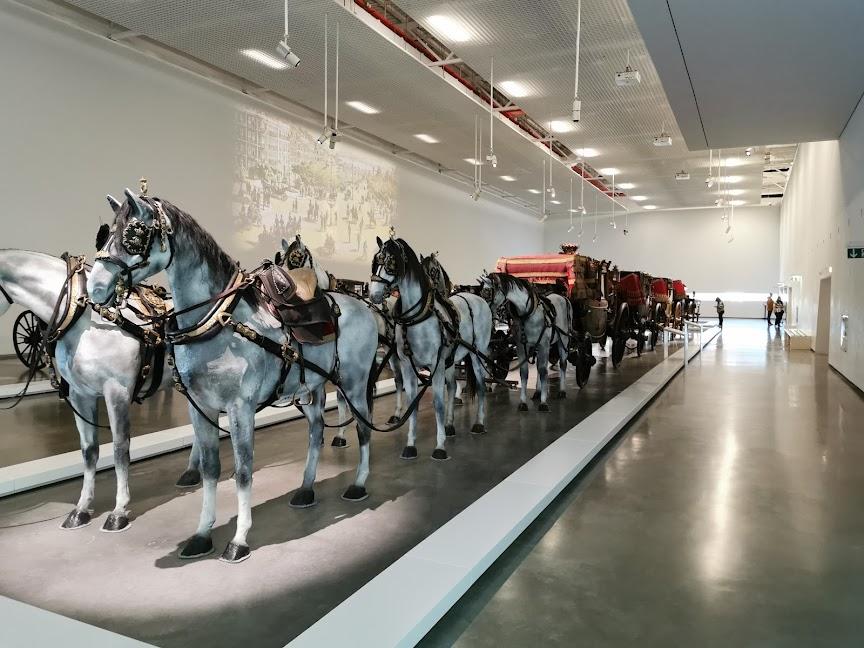
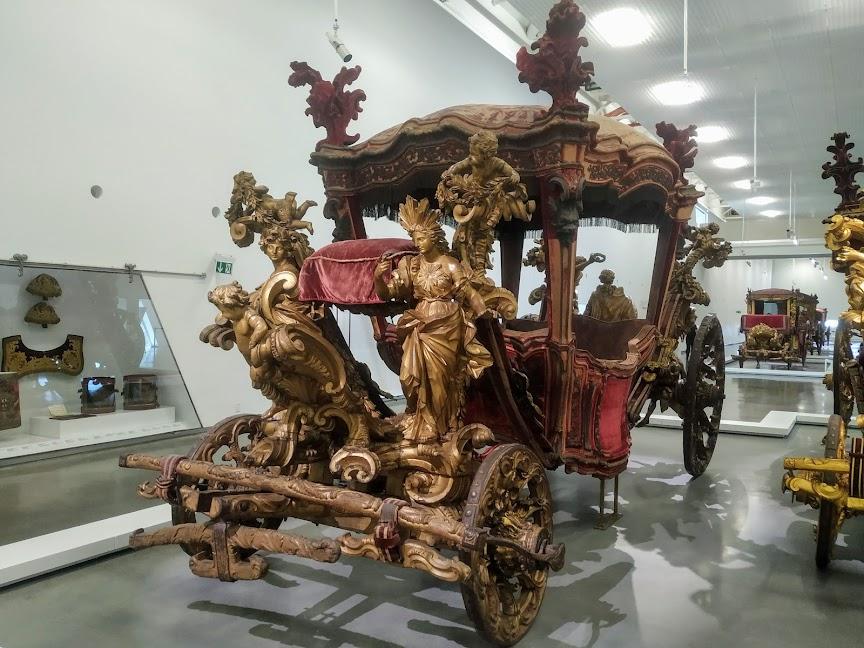
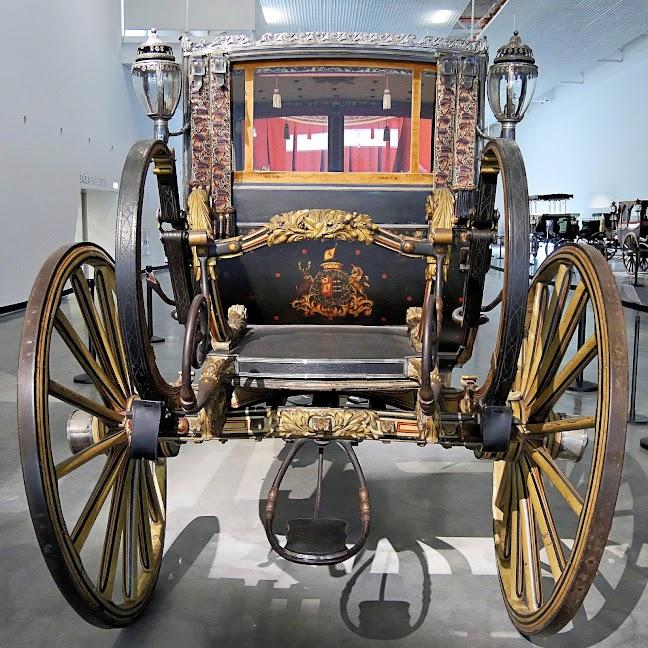
Ask ThatchGPT
Suggest a local expert to plan my trip
Suggest an unique itinerary for my Portugal trip
What foods do Portugal locals eat
What are some true hidden gems in Portugal
Help me brainstorm trip ideas for Portugal
Help me plan a family-friendly trip to Portugal
What people say
Pedro Pereira
Available for hire
"Initiative of Queen D. Amélia of Orléans and Bragança, wife of King D. Carlos I (r. 1889-1908), who inaugurated it in 1905, the Coach Museum displays an exceptional and unique collection in the world of richly decorated royal vehicles , from the 17th century. XVII to XIX (coaches, marbles, carriages, carriages, sedan chairs, little seats), used by the Portuguese Court and other European Courts, by the Patriarchate of Lisbon and noble houses of Portugal, until the appearance of the automobile.
The rare example of Philip II's traveling coach (late 16th century) and the three monumental coaches that were part of the sumptuous embassy sent by Portugal to Pope Clement XI in Rome (1716), with gilded iconography glorifying the Discoveries, are some of the most notable pieces from this incomparable exhibition. The collection also brings together a significant set of cavalry harnesses, dress uniforms and coach service uniforms, a core of eighteenth-century armory and parade accessories and oil portraits of the monarchs of the Bragança Dynasty.
The Coach Museum is divided between the new building in Belém, the old Royal Palace Riding Hall, both in Praça Afonso de Albuquerque, in Lisbon, and the Paço Ducal in Vila Viçosa.
The new building of the Coach Museum, opened in May 2015, presents the most representative nucleus of the collection and appears in Belém as a cultural facility but also as a public place that occupies an area where the former Army General Workshops were located. According to the words of the architect who designed it, Paulo Mendes da Rocha, winner of the Pritzker Prize, “the museum has no door and is connected to all sides”. More than a museum, the project functions as an urban infrastructure, offering “public space” to the city and responding to the need to increase the museum’s exhibition area and its supporting technical infrastructure, and to create new facilities for the public. this is the most visited museum in the country. The building consists of a main pavilion with a suspended nave and an annex, with an aerial connection, which ensures circulation between the two buildings, whose spatial arrangement creates a kind of portico that points to an internal square with free access.
The New Museum includes spaces for permanent and temporary exhibitions, reserve areas and a conservation and restoration workshop that will contribute to the development of conservation and restoration of this type of heritage. It also has new spaces for the Library, the Archive, as well as an Auditorium for 330 people, restaurant spaces and a store.
The Picadeiro space of the Royal Palace, initially adapted to a museum by the architect Rosendo Carvalheiro and, in a later phase, by Raul Lino, is an interesting space, representative of the 18th century, where the paintings deserve special mention, by José Malhoa e Conceição and Silva, two important Portuguese painters.
In the old stables of the Paço Ducal, in Vila Viçosa, there is also a museum center of the National Coach Museum, an excellent excuse to visit this city in Alentejo."
Francisco Franco Pêgo
"Great place to see this old-fashioned way of moving used by the royalty and nobility in the past. Here there are dozens of these, from the ones with the simplest to the most complex designs.
Trivia question: Although "coche" means this kind of vehicle in portuguese, do you know what it means in Spanish?
Prices and schedule: http://museudoscoches.gov.pt/en/visite/
Regular ticket: 8€
Answer: In Spanish, "coche" literally means "car"."
Silvia De Caro
Available for hire
"The National Carriage Museum is one of the most visited museums in Lisbon. It houses an important collection of vehicles and carriages: among the most important is the one that belonged to Philip III of Spain.
👣How to get there: reachable on foot from Jeronimos Monastery (600m, 8min). Tram stop: Algés ,line 15E.
🎟️Ticket cost:full price 8£, free entry for under 12 and with Lisboa City Card. "
Read more in:
Mentioned in these guides
About National Coach Museum
Get the inside scoop on National Coach Museum from local experts, travel creators, and tastemakers. Browse genuine trip notes, National Coach Museum reviews, photos, travel guides, and itineraries from real travelers and plan your trip with confidence.
Phone
Save this spot for later or start mapping out a new trip today
Try our AI Travel Assistant and get instant answers to any questions about your trip.
Ask ThatchGPT


